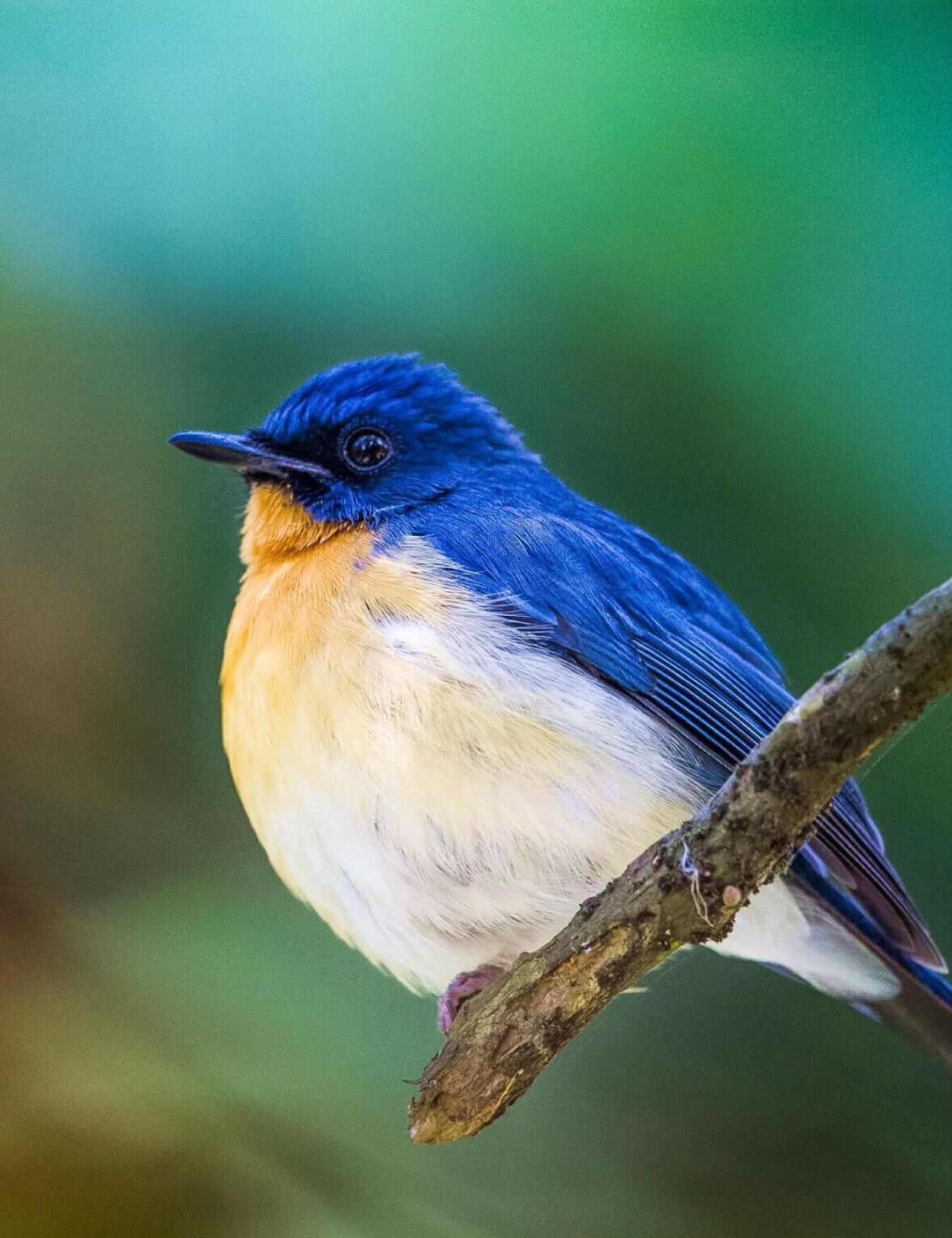Okavango Delta
- Botswana
Overview
The Okavango Delta is without a doubt Botswana’s unfading pinnacle. It was formally recognised as the organization’s 1000th World Heritage Site and one of the Seven Natural Wonders of Africa. Its long Okavango River, the country’s largest delta in the world, falls more into arid Kalahari Desert, forming a luscious and wet paradise of pristine ponds & canals, reeded islands, and fertile floodplains. The Okavango Delta, which encircles about 15,500 km2 (nearly 6,000 m2), is so delicate that, if deprived of water for merely ten years, it would turn into a semi-desert.
Even though it is dry for 2/3rd of each year, the area becomes a tangle of marshes, little forested islands, and shallow lagoons in the winter due to the rising floodwaters. Adolescent groups of elephant wash gracefully in small streams on the margins of the delta, the house of giraffe emerges gently from delta’s horizon, and exquisite sitatunga antelope conceal themselves inside the marshes. In this location, one could wake up in the shaded areas of a woodland & cook meals under the bushes of a huge trees at night sky while marvelling at the dances of wild dogs in the daytime and casting a hook catch tiger fish in afternoons.

Best Time to Visit
Summer: September to October
September and October are the region’s driest months and prime time for game drives and bush walks! With the lack of rain causing many watering holes to dry up across Botswana, you’ll find that many animals trek hundreds of miles to the Okavango Delta.
Winter: May to August
Thanks to flooding, from the Angolan Highlands to the north of Botswana, the Okavango River’s water level rises and spills out across the delta. This provides visitors with the chance to soak up the scenery from the water itself and view hundreds of animals who migrate to the region from a safe distance.
Rain: November to April
After the dry winter months, heavy rain showers from November onwards cause the delta to burst with virgin greenery. The weather is hot and the humidity high, plus you are likely to witness some brilliant but short thunderstorms if you’re vacationing in February or March.
Park Closure
Open: All Year Around
Safari Options: Balloon Safari, Jeep Safari, Private Vehicle.

Fauna
Wildlife of the Okavango Delta includes a myriad of species including African Bush Elephant, African Buffalo, Hippopotamus, Lechwe, Topi, Blue Wildebeest, Giraffe, Nile crocodile, Lion, Cheetah, Leopard, Brown Hyena, Spotted Hyena, Greater Kudu, Sable Antelope, Black Rhinoceros, White Rhinoceros, Plains Zebra, Warthog and Chacma Baboon. Notably the endangered African Wild Dog still survives within the Okavango Delta and exhibits one of the richest pack densities in Africa. In addition to the large animals the wildlife of the Okavango Delta includes over 500 species of birds and 85 recorded species of fish including Tigerfish, Tilapia and Catfish.
Flora
The aquatic environment of the Okavango has helped to develop rich and complex eco-systems with thousands of tree and plant species which support the diverse wildlife found in the Okavango. The diversity of the Okavango and surrounding areas is quite staggering. From Papyrus lined waterways peppered with lilies to open grass plains dotted with palm trees and wild sage, mopane forrests and the ancient baobab trees and acacia. Common trees include the Candle Pod Acacia (Acacia hebeclada), Leadwood (combretum imberbe), Jackalberry (Diospyros mespiliformis), Marula (Sclerocarya birrea), Sausage Tree (Kigelia Africana) and the Knobthorn tree.

How to get there ?
By Air
Related Tour
It seems we can't find what you're looking for.




